
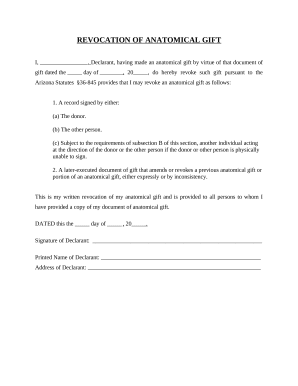
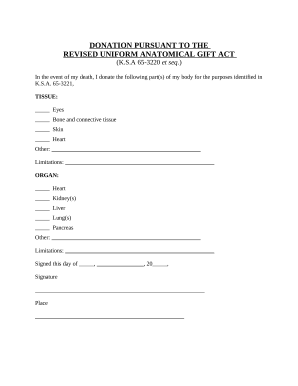

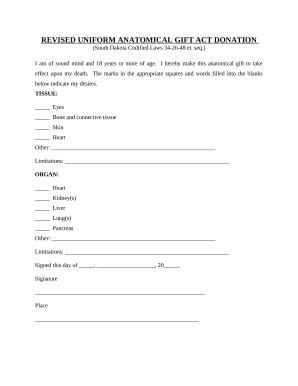
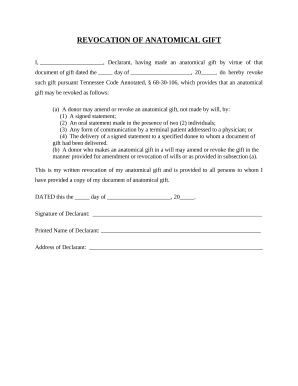
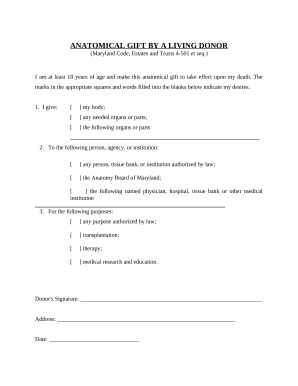
Your workflows always benefit when you can easily find all of the forms and files you need at your fingertips. DocHub offers a a large collection forms to ease your day-to-day pains. Get hold of Legal Forms for Anatomical Donations category and quickly browse for your document.
Start working with Legal Forms for Anatomical Donations in several clicks:
Enjoy fast and easy document administration with DocHub. Check out our Legal Forms for Anatomical Donations online library and find your form today!